15 Anti-Inflammatory Foods to Relieve Knee, Hip, and Back Pain
Dealing with joint pain in your knees, hips, or back can be incredibly frustrating and limit your daily activities. Inflammation is often a key factor in this discomfort, but the good news is that certain foods can help reduce inflammation naturally.
Incorporating these anti-inflammatory foods into your diet can help your body manage pain and improve mobility. These foods are not just beneficial for pain relief; they also contribute to overall health and well-being. Here are 15 anti-inflammatory foods that may help ease your knee, hip, and back pain, allowing you to move more freely and comfortably.
Turmeric
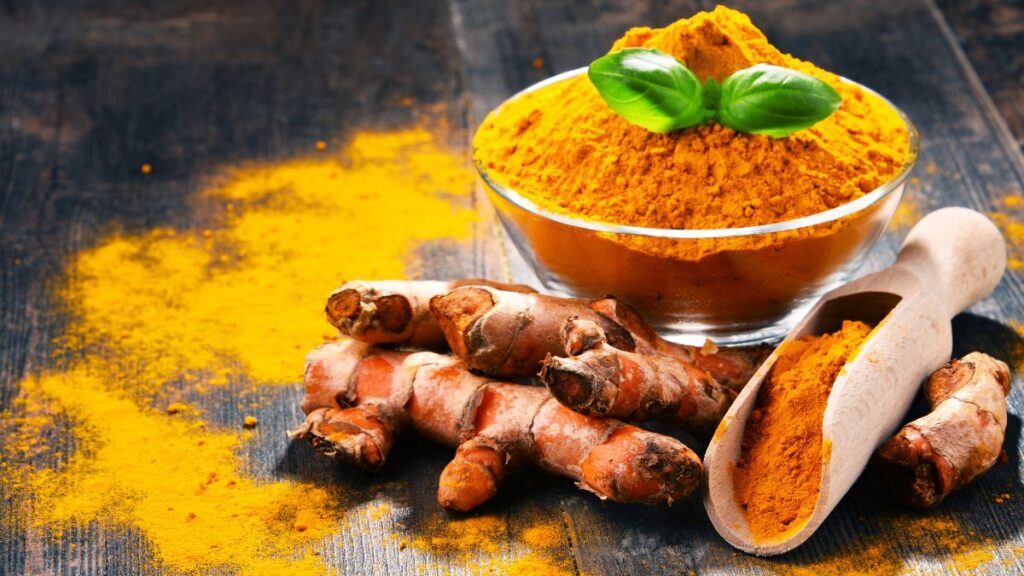
Turmeric is a powerful anti-inflammatory spice thanks to its active compound, curcumin. This bright yellow spice is often used in curries and other dishes, and it has been shown to reduce inflammation in the body. Curcumin works by blocking certain enzymes and cytokines that contribute to inflammation.
Adding turmeric to your meals or taking it as a supplement can help alleviate joint pain, especially in the knees and hips. Pair turmeric with black pepper to boost its effectiveness, which enhances curcumin absorption.
Ginger
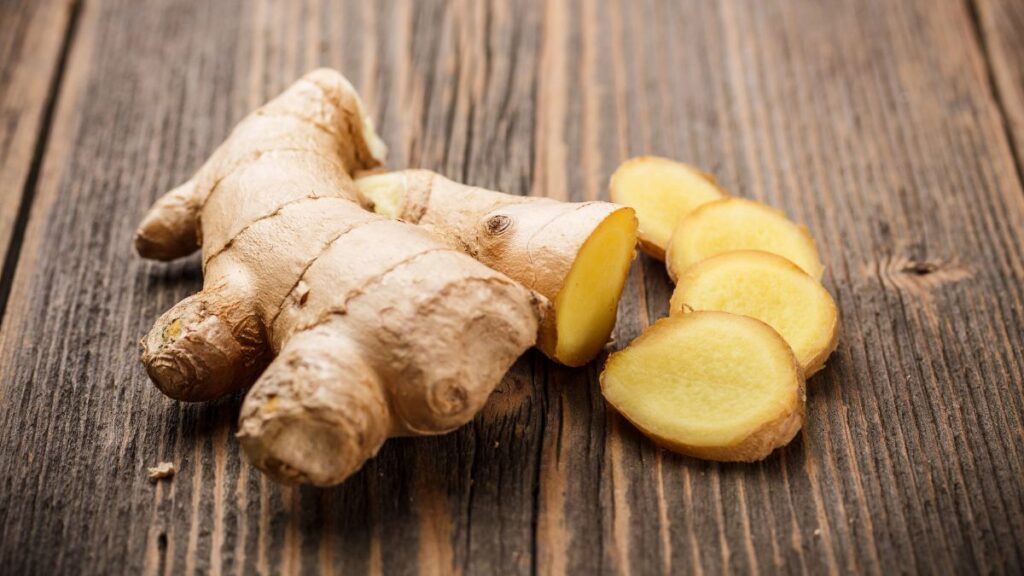
Ginger is another spice with strong anti-inflammatory properties. It contains gingerol, a compound that reduces inflammation and improves joint pain. Fresh ginger can be easily added to your diet by cooking with it, brewing ginger tea, or taking ginger supplements.
Its anti-inflammatory effects can help reduce joint pain and stiffness, making it easier to move around. Ginger is also known for its digestive benefits, making it a great addition to your daily routine.
Salmon
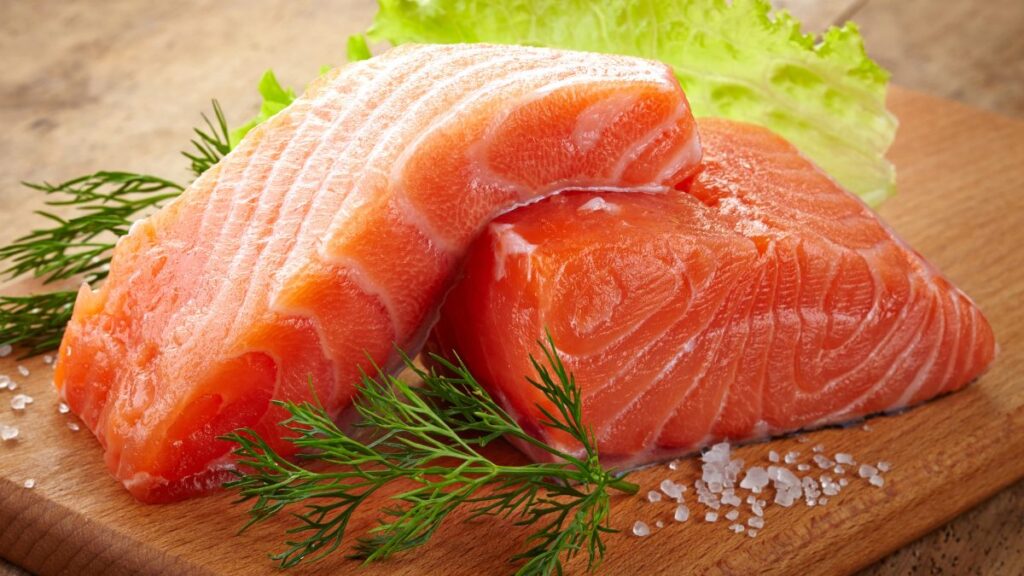
Salmon is rich in omega-3 fatty acids, which are well-known for their anti-inflammatory effects. Omega-3s help reduce the production of inflammatory chemicals in the body, providing relief from joint pain. Regularly consuming fatty fish like salmon can help reduce stiffness and improve joint mobility.
Salmon is an excellent source of protein and vitamin D, both of which are important for bone and joint health. Including salmon in your diet a few times a week can make a noticeable difference in your joint pain.
Berries

Like blueberries, strawberries, and raspberries, berries are packed with antioxidants and anti-inflammatory compounds. These fruits contain anthocyanins, which help reduce inflammation and oxidative stress.
Eating various berries regularly can help decrease joint pain and improve overall health. They are also rich in vitamins and fiber, making them a nutritious and delicious way to fight inflammation. Whether eaten independently, added to smoothies, or mixed into yogurt, berries are a great choice for managing pain.
Olive Oil

Olive oil, particularly extra virgin olive oil, is a Mediterranean diet staple known for its anti-inflammatory properties. It contains oleocanthal, a compound that has been shown to work similarly to ibuprofen in reducing inflammation.
Using olive oil as your primary cooking oil or drizzling it over salads can help ease joint pain. The healthy fats in olive oil also support heart health and overall well-being. Incorporating olive oil into your diet is a simple way to benefit from its anti-inflammatory effects.
Spinach

Spinach is a leafy green vegetable that is rich in anti-inflammatory compounds like vitamin E and carotenoids. These nutrients help protect the body from inflammation and reduce joint pain. Spinach is also high in antioxidants, which help combat oxidative stress and support joint health.
Adding spinach to your salads, smoothies, or as a side dish can help reduce pain in the knees, hips, and back. It’s an easy and nutritious way to support your body’s natural ability to fight inflammation.
Walnuts
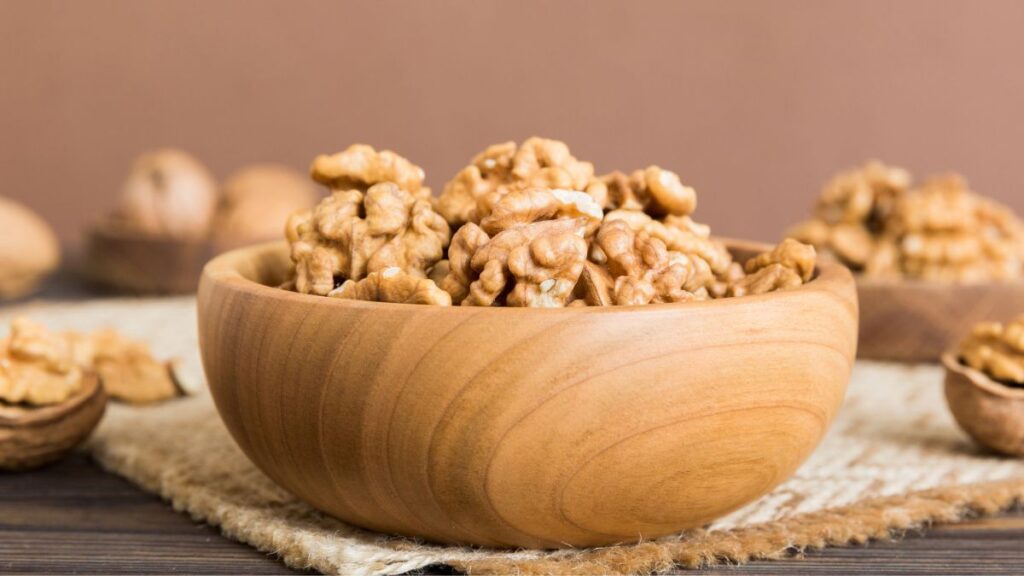
Walnuts are a great source of omega-3 fatty acids, which are essential for reducing inflammation in the body. These healthy fats can help lower the production of inflammatory chemicals and improve joint pain.
Snacking on a handful of walnuts or adding them to your salads or oatmeal can provide anti-inflammatory benefits. Walnuts are also high in antioxidants, which support overall health and well-being. Including walnuts in your diet is a tasty way to help manage joint pain.
Cherries

Cherries, particularly tart cherries, are known for their potent anti-inflammatory effects. They contain anthocyanins and other antioxidants that help reduce inflammation and ease joint pain.
Drinking tart cherry juice or eating fresh or dried cherries can help alleviate pain and stiffness, especially in the knees and hips. Cherries are also a good source of vitamins and fiber, making them a healthy addition to your diet. Including cherries in your meals or snacks can help you manage pain naturally.
Green Tea
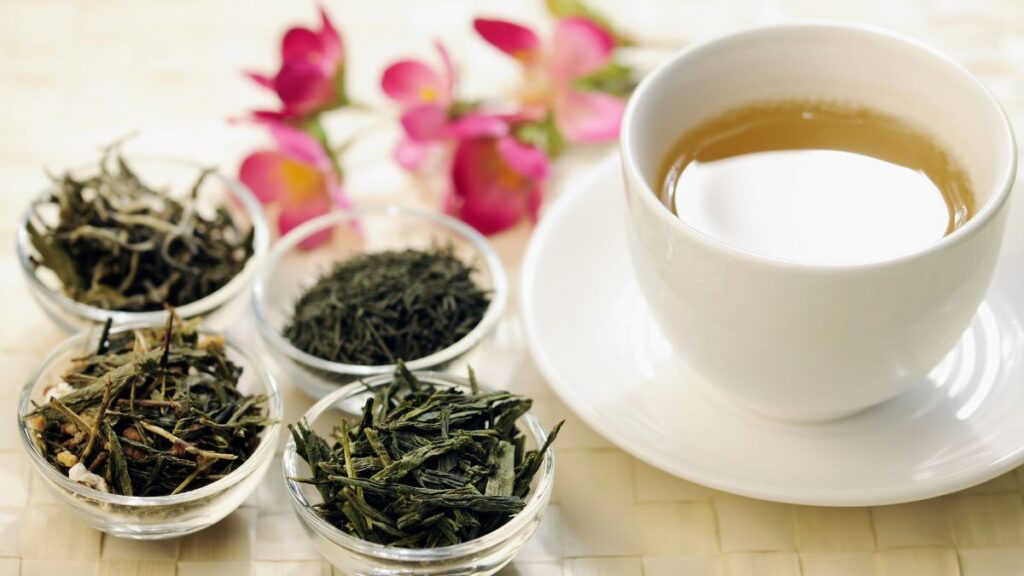
Green tea is a popular beverage that is packed with antioxidants and anti-inflammatory compounds. It contains polyphenols, particularly epigallocatechin gallate (EGCG), which has been shown to reduce inflammation and joint pain.
Drinking green tea regularly can help improve joint mobility and reduce stiffness. It’s also a great way to stay hydrated while benefiting from its anti-inflammatory effects. Enjoy a cup of green tea in the morning or afternoon to support your joint health.
Avocados

Avocados are rich in healthy fats, particularly monounsaturated fats, which have anti-inflammatory properties. They also contain vitamins E and C, both of which help reduce inflammation and support joint health.
Adding avocados to your diet can help reduce pain and stiffness in the knees, hips, and back. Whether spread on toast, added to salads, or blended into smoothies, avocados are a delicious way to fight inflammation. Their creamy texture and mild flavor make them a versatile and nutritious food.
Broccoli

Broccoli is a cruciferous vegetable that is high in anti-inflammatory nutrients like sulforaphane. Sulforaphane helps reduce inflammation and protect against joint damage. Including broccoli in your diet can help alleviate pain and improve joint function.
It’s also rich in vitamins C and K, which support bone health and overall well-being. Steaming, roasting, or adding broccoli to stir-fries are great ways to enjoy its anti-inflammatory benefits.
Flaxseeds
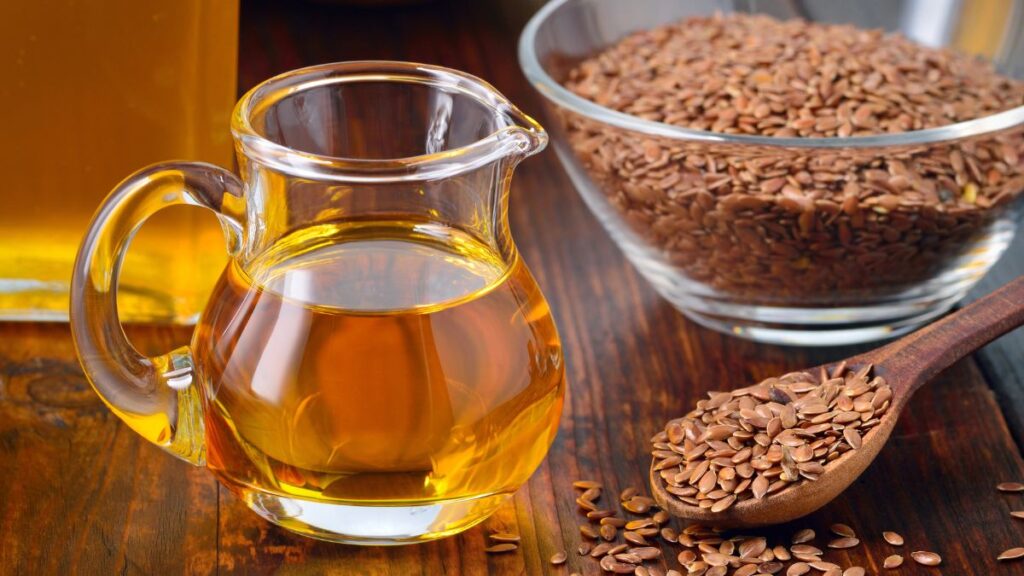
Flaxseeds are an excellent source of omega-3 fatty acids and lignans, both of which have anti-inflammatory properties. These tiny seeds can help reduce inflammation and improve joint pain.
Adding ground flaxseeds to your smoothies, oatmeal, or yogurt can provide a boost of anti-inflammatory nutrients. They are also high in fiber, which supports digestive health and overall well-being. Incorporating flaxseeds into your diet is a simple way to help manage joint pain.
Sweet Potatoes
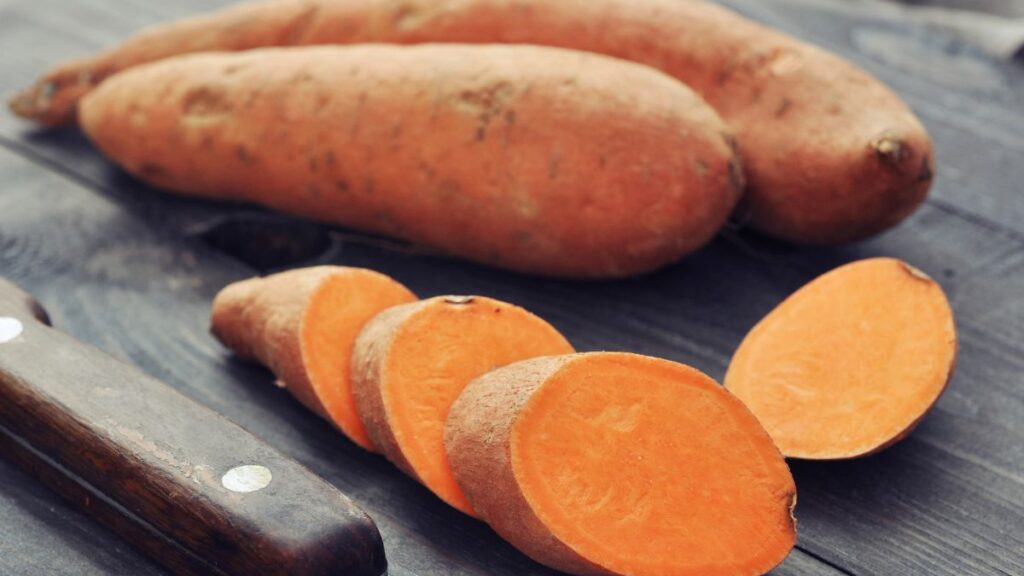
Sweet potatoes are rich in beta-carotene, an antioxidant that helps reduce inflammation and support joint health. They also contain vitamins C and E, both of which have anti-inflammatory properties.
Including sweet potatoes in your meals can help alleviate pain and improve mobility. They are also a good source of fiber, which supports digestive health and overall well-being. Whether baked, roasted, or mashed, sweet potatoes are a nutritious and delicious way to fight inflammation.
Garlic

Garlic is well-known for its anti-inflammatory and immune-boosting properties. It contains sulfur compounds that help reduce inflammation and protect against joint damage. Adding garlic to your meals can help ease pain and improve joint function.
It’s also a flavorful way to enhance the taste of your dishes while benefiting from its anti-inflammatory effects. Incorporating garlic into your cooking is an easy and delicious way to support your joint health.
Turmeric Tea
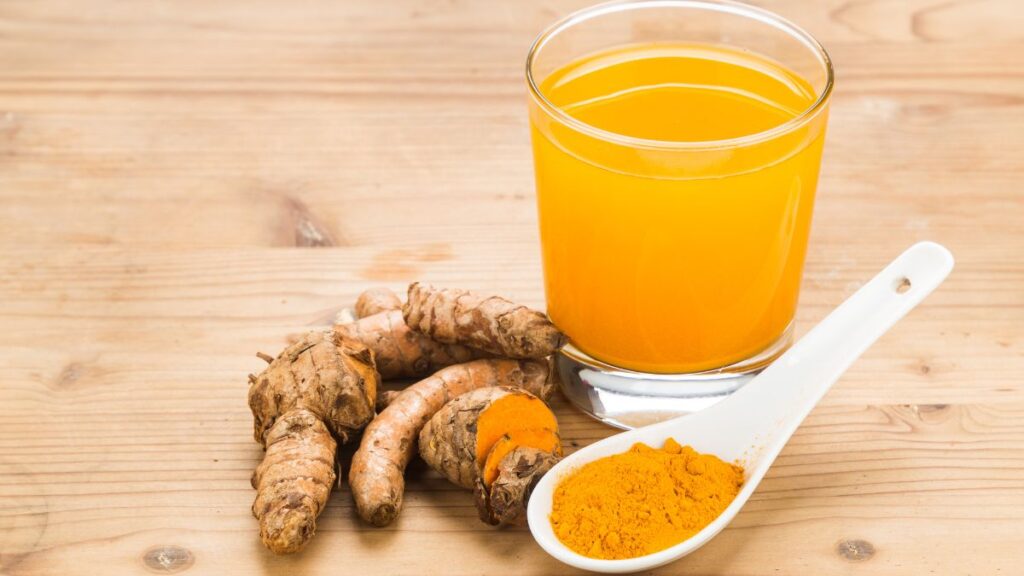
Turmeric tea, also known as golden milk, is a soothing beverage made with turmeric, milk, and spices like cinnamon and ginger. This tea is rich in curcumin, the anti-inflammatory compound found in turmeric, and can help reduce joint pain and stiffness.
Drinking turmeric tea regularly can provide a warm and comforting way to manage pain naturally. It’s also a great option for winding down in the evening while benefiting from its anti-inflammatory effects. Enjoying a cup of turmeric tea can be a relaxing and effective way to support your joint health.
15 Foods Only The Wealthy and Elite Can Eat Now

Culinary trends are constantly evolving, and some foods have become more than just sustenance—they’ve become status symbols reserved for the elite.
15 Foods Only The Wealthy and Elite Can Eat Now
15 Practical Ways to Save Money During Retirement

Entering retirement doesn’t have to mean giving up a comfortable lifestyle. With strategic planning and simple adjustments, it’s possible to make the most of your retirement income and enjoy a financially secure life.







